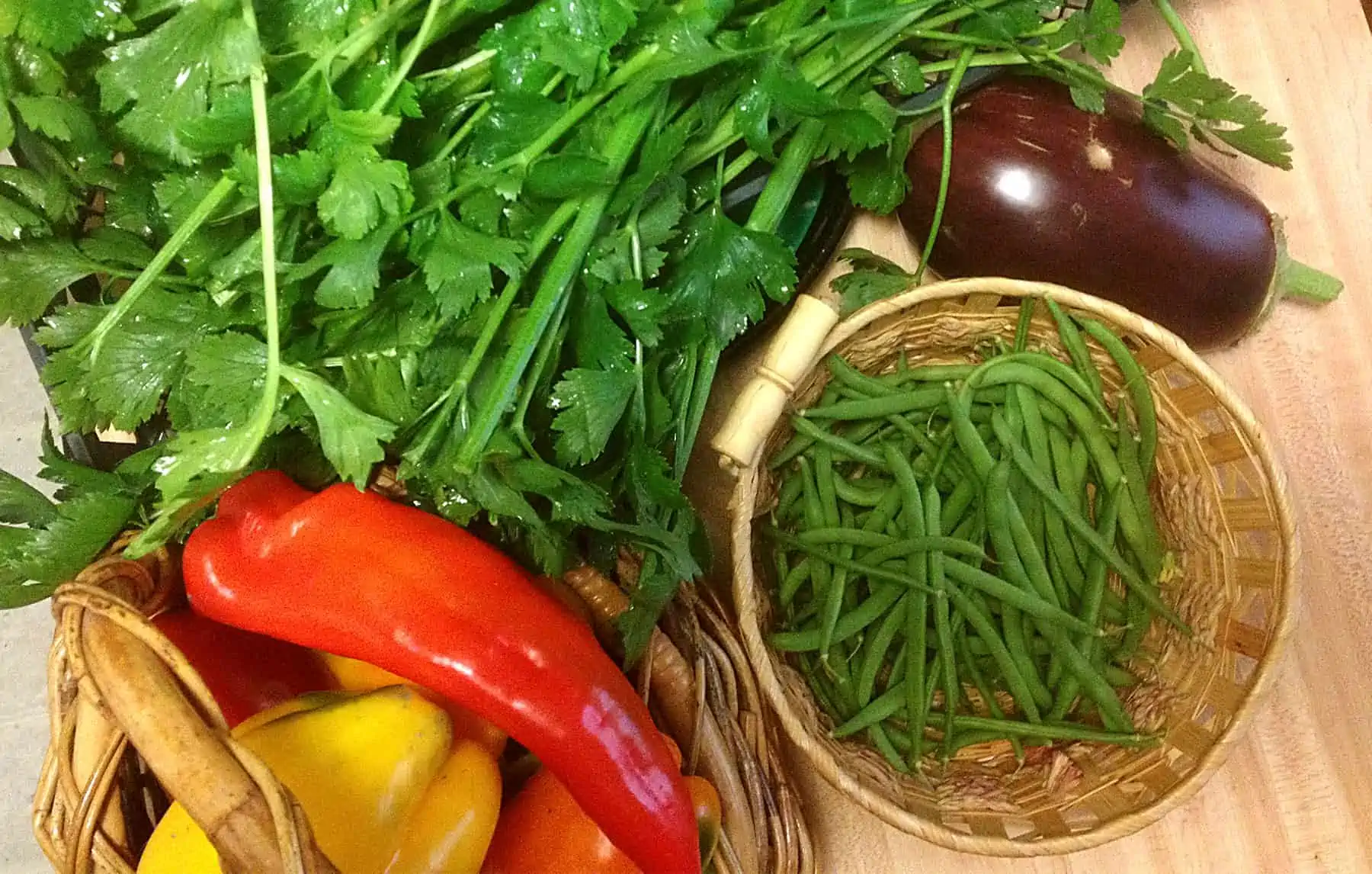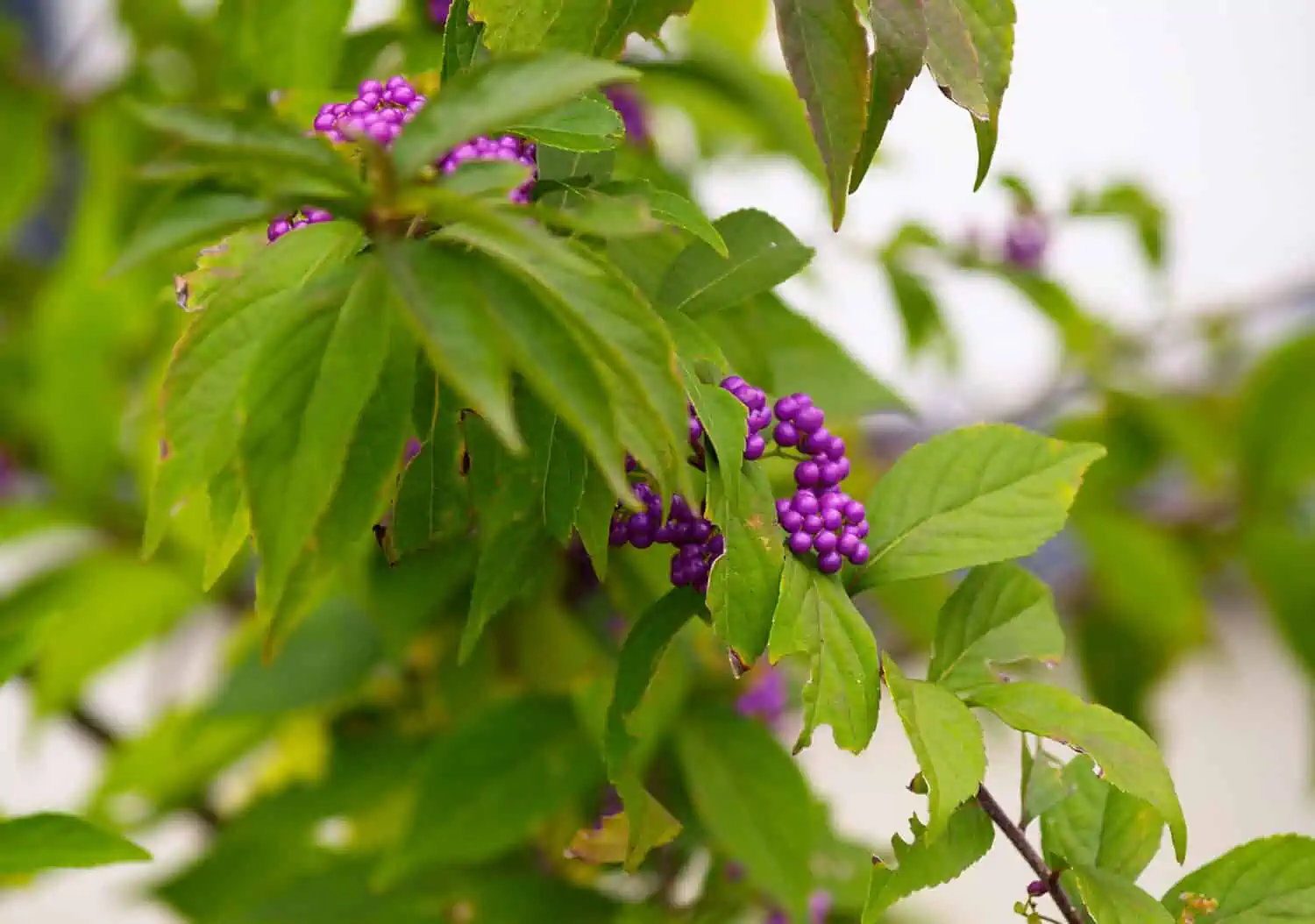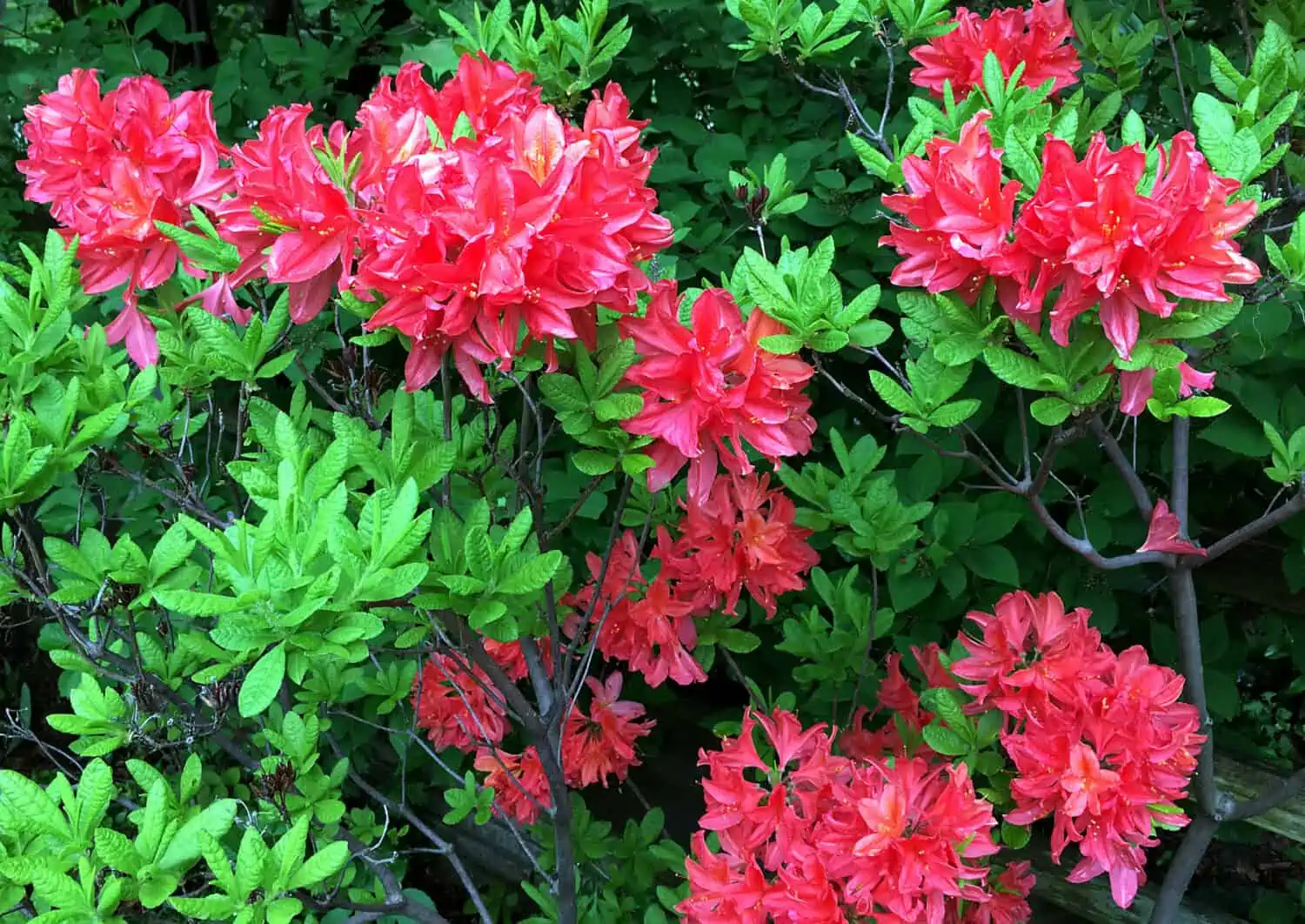Gardening within the fall is gorgeous. The temps are cooler, the sky is a searing vibrant blue, and the maples and oaks are asserting the season with their good show of purple, orange, and yellow leaves. However your bliss is shattered when your eyes and nostril begin to run like a firehose, and sneezing comes on in matches. Inside you go along with the doorways and home windows hermetically sealed.
Many blame the brilliant yellow flowers of goldenrod for his or her fall allergic reactions, however the plant is wrongfully accused. The responsible occasion is goldenrod’s cousin ragweed, and the reason being how every plant is pollinated.
Goldenrod pollen isn’t carried within the air
Ragweed and goldenrod belong to the identical household of crops, Asteraceae. Each crops bloom on the identical time every year, from August by way of October, as do many crops within the Asteraceae household, which quantity over 100.
Goldenrod’s vibrant yellow flowers have giant pollen grains which are too heavy and sticky to be carried on the wind. The plant depends on bugs and birds to do the pollinating. When a pollinator lands on a goldenrod flower, the sticky pollen attaches to its physique. Because it strikes between flowers, the pollen rubs off, pollinating the flower. That’s why goldenrod has such vibrant yellow flowers – to draw pollinators who feed on the nectar. The wind doesn’t play a job in goldenrod pollination, and the pollen doesn’t drift removed from the plant.
Ragweed pollen is windborne
Then again, ragweed has very gentle, tiny grains of pollen, making it excellent for windborne pollination. Ragweed doesn’t have showy flowers like goldenrod to draw bugs as a result of it doesn’t want them – even a lightweight breeze can do the work of pollinating ragweed.
Every ragweed plant can produce as much as one billion pollen grains, every of which is normally carried on morning breezes till it lands on one other ragweed plant, fertilizing the flower seeds. It may also land in your hair, in your pores and skin, or in your sinus passages, inflicting an allergic response. As morning temps drop beneath 50 F, or if it rains, pollen manufacturing declines.
Goldenrod flowers include nectar to draw pollinating bugs, and the massive, heavy pollen grains connect to the insect our bodies. It is a vital nectar supply for pollinators. Ragweed flowers don’t include nectar, and the crops are depending on the wind to switch the small, light-weight pollen. This pollen has the flexibility to blow for miles. A single ragweed plant is able to producing over a billion pollen grains.
Clemson Cooperative Extension
ragweed flowers
Ragweed in bloom. The airborne pollen from ragweed is what causes your fall allergic reactions.
ragweed plant
That is additionally ragweed. Completely different varieties have significantly completely different leaves.
So why do you sneeze when working with goldenrod?
Ragweed pollen can journey far. It has been discovered within the air 400 miles out to sea and two miles up within the environment. However most falls near its supply.
Bronchial asthma and Allergy Basis of America
Most seasonal pollen allergic reactions are attributable to crops that depend on wind to maneuver their pollen from flower to flower, so goldenrod can’t be the wrongdoer behind these sneezing matches. However after all, sticking your nostril in goldenrod and giving it an excellent sniff can worsen your allergic reactions as you’ll transfer that pollen from the flower to your sinuses. Otherwise you may inhale ragweed pollen from the goldenrod, as the 2 crops regularly develop in the identical areas.
Associated Put up: The Advantages of Gardening as Train
bee feeding on goldenrod
Goldenrod’s nectar is a vital meals supply for pollinators within the fall.
How you can inform the distinction between goldenrod and ragweed
The variations between goldenrod and ragweed are fairly apparent:
Goldenrod has vibrant yellow flower spikes that begin to department on the prime of the stems. Its leaves are clean. Goldenrods are perennials.
Ragweed has unremarkable inexperienced flower spikes and plenty of branches. Relying on the range, its leaves could also be dissected, much like marigolds, or have a fern-like look. Ragweed is an annual and reseeds every year.
Both plant could be discovered rising alongside roadsides or in forests within the Midwest and Jap United States, and Canada. Ragweed may even seem in poor soil, vacant heaps, pastures, meadows, alongside sidewalks, and in your yard (ragweed runs rampant in mine – I pull it out all yr).
So in impact, goldenrod will get a nasty rap within the fall as a result of it’s responsible by affiliation: individuals sneeze, go searching, and see vibrant yellow flowers – in order that they assume that’s what’s inflicting their allergic reactions. However the truth is, it’s the evil cousin ragweed. There’s one unhealthy seed in each household, I suppose.


